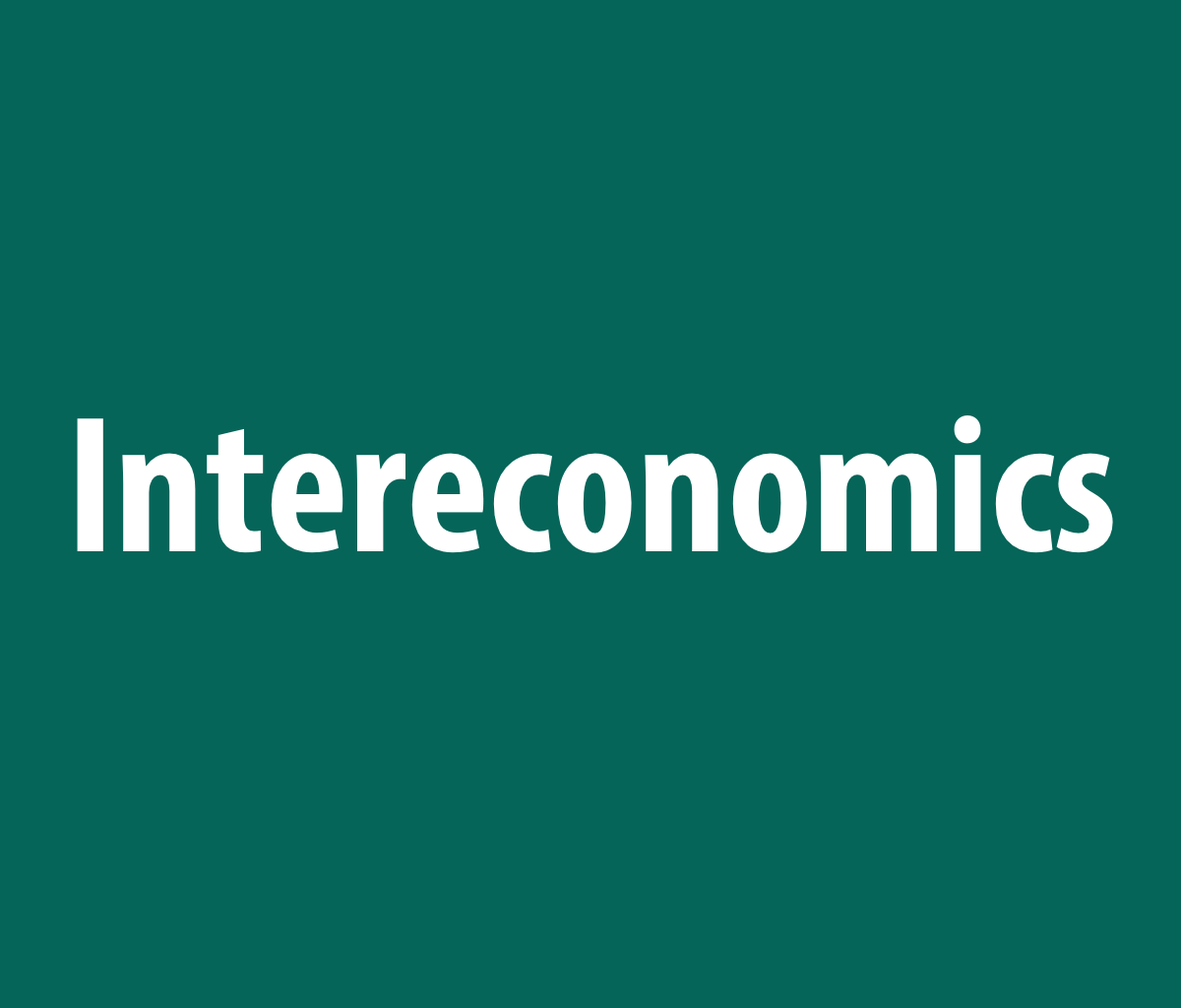The European Union faces a critical juncture in monetary policy autonomy. As the United States weaponizes dollar dominance through sanctions and monetary policy decisions that prioritize domestic over global stability, European policymakers must consider alternatives that preserve monetary sovereignty while maintaining international financial integration. Moreover, the US fiscal position continues to deteriorate, increasing the possibility of a crisis-induced de-dollarization that would leave European economies vulnerable to financial instability and capital flight. The IMF’s Special Drawing Rights (SDRs), combined with emerging payment technology, offer a pathway towards reduced dollar dependence without abandoning multilateral cooperation.
The EU’s experience with sanctions demonstrates how US financial dominance constrains European policy autonomy. Following Russia’s invasion of Ukraine in 2022, the EU participated in removing major Russian banks from SWIFT, revealing both the power and limitations of dollar-centric payment systems. The Treasury Department’s 2025 sanctions on the Iranian shadow banking networks that process large volumes of transactions through international financial systems highlight how alternative payment mechanisms are proliferating outside of Western oversight.
While Europe’s inflation surge stemmed primarily from energy disruptions and structural factors following the invasion, the Federal Reserve’s aggressive monetary tightening in 2022-2023 compounded pressures on European economies despite divergent economic conditions, highlighting the costs of monetary subordination. European central banks also maintain substantial dollar reserve holdings, making them vulnerable to US policy decisions while limiting European monetary policy effectiveness. This concentration risk has prompted increased interest in monetary diversification among European policymakers, yet few concrete alternatives have emerged.
The European Union’s digital euro project, currently in advanced preparation phases, provides unique infrastructure for implementing SDR-based international payments. Unlike national central bank digital currency (CBDC) projects focused solely on domestic objectives, the digital euro could serve as a cornerstone for broader international monetary innovation. The technical architecture already under development could accommodate SDR integration with minimal additional complexity. Digital euro smart contracts could automatically execute SDR-denominated international transactions while preserving familiar euro-denominated domestic operations. European businesses would continue operating in euros while benefiting from more stable international exchange rates through automatic SDR conversion mechanisms.
This approach builds on existing European digital finance initiatives. The Markets in Crypto-Assets Regulation (MiCA) creates comprehensive regulatory frameworks for digital currencies that could readily accommodate SDR-denominated stablecoins, demonstrating Europe’s commitment to financial innovation and autonomy. The technological foundation exists through current CBDC development programs. Project mBridge, involving central banks from China, Hong Kong, Thailand, the UAE and Saudi Arabia, demonstrates multi-CBDC platform feasibility for cross-border transactions. The project successfully settled transactions worth over US $22 million, proving that central banks can establish direct payment corridors that bypass traditional dollar-dominated settlement systems.
European participation in SDR-based digital payment systems could leverage the Eurosystem’s TARGET Instant Payment Settlement (TIPS) infrastructure alongside emerging CBDC capabilities. Smart contracts would automate the conversion process: calculating real-time SDR exchange rates, converting payments via the SDR basket and executing instant settlement through participating CBDC networks. The IMF could provide real-time SDR valuations. Participating European central banks could establish digital currency interoperability protocols, building on frameworks already under consideration for international digital euro usage.
An SDR-based payment system addresses several European priorities simultaneously. First, it reduces vulnerability to US monetary policy. Second, it strengthens European financial autonomy without requiring a confrontational departure from existing institutions. Third, it provides European businesses with more predictable international exchange rates through basket-currency pricing.
SDR-based systems could provide more equitable access to efficient payment networks for smaller enterprises that are often disadvantaged by high international payment costs. Current international payments require multiple intermediaries, each imposing fees and delays. Direct CBDC-to-CBDC exchanges via SDR conversion could eliminate most intermediation costs while settling transactions instantly. The system would be invisible to most users, who would continue operating in euros while benefiting from enhanced exchange rate stability in international transactions.
European institutions are uniquely positioned to lead SDR-based payment system development. The ECB’s technical capabilities, the European Investment Bank’s project financing expertise and the European Commission’s regulatory authority could coordinate implementation.
Initial participation might include European allies already concerned about dollar concentration risks. Additionally, the EU’s Global Gateway infrastructure initiative could incorporate SDR-based payment mechanisms, demonstrating practical benefits while building network effects. Regulatory frameworks could build on existing MiCA provisions and proposed digital euro legislation. European countries would maintain supervisory authority over domestic CBDC systems while coordinating on international interoperability standards.
Critics might argue that such systems threaten existing transatlantic monetary cooperation or create new systemic risks. However, the proposed framework enhances stability by reducing dangerous concentration in any single currency. A SDR-based system offers neutral ground accommodating multiple monetary authorities. Technical risks are manageable through existing European regulatory frameworks and gradual implementation. The digital euro already addresses cybersecurity, operational resilience and regulatory compliance challenges.
Traditional monetary arrangements face unprecedented pressures while new technologies create opportunities for stability-enhancing innovations. European policymakers can either proactively shape this transition or react to changes imposed by others. An SDR-based digital payment system offers Europeans a pathway towards greater monetary autonomy while still preserving multilateral cooperation principles.
A gradual rollout alongside digital euro development would provide a practical timeline that allows for iterative refinement and growing political consensus. What remains is the political will to move from concept to implementation before external pressures ultimately force a less orderly transition. European leadership in international monetary innovation represents not just sound economic policy, but strategic preparation for an inevitably multipolar monetary future. In an era of mounting geopolitical tensions and technological disruption, proactive preparation for monetary system evolution provides essential foundations for continued European autonomy and prosperity.
